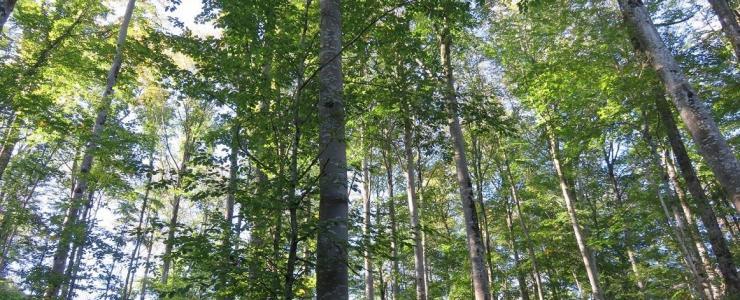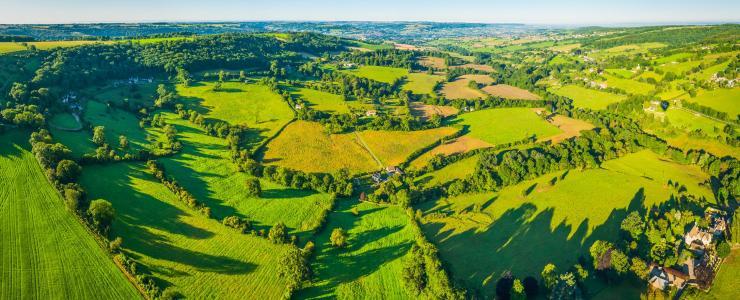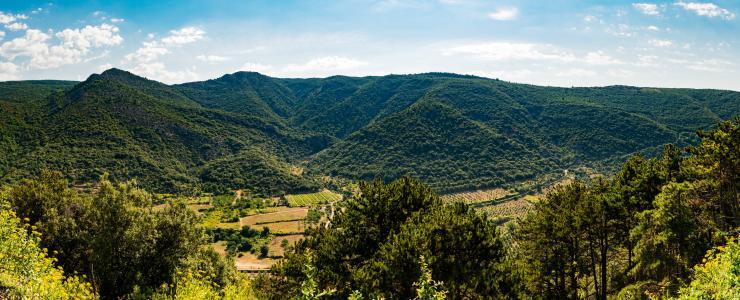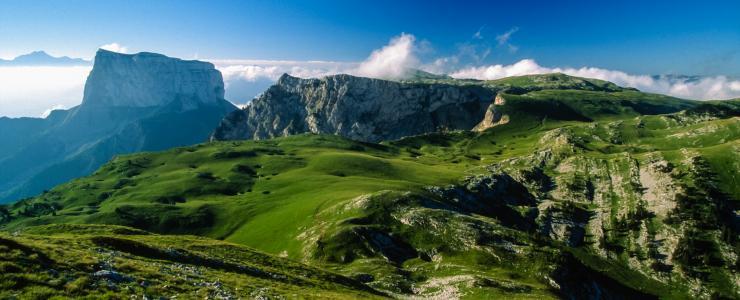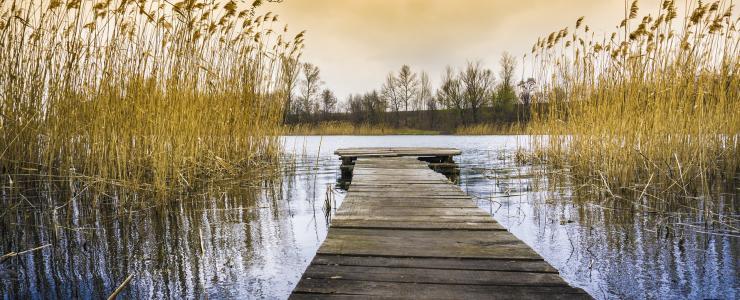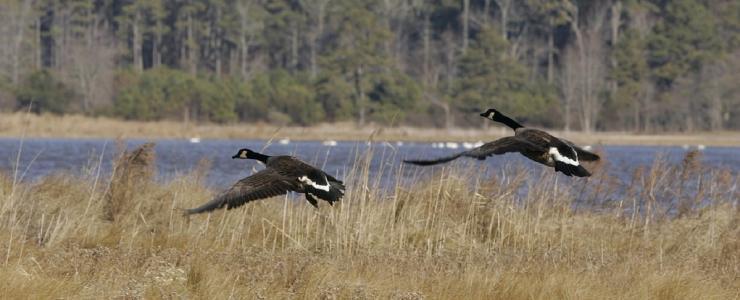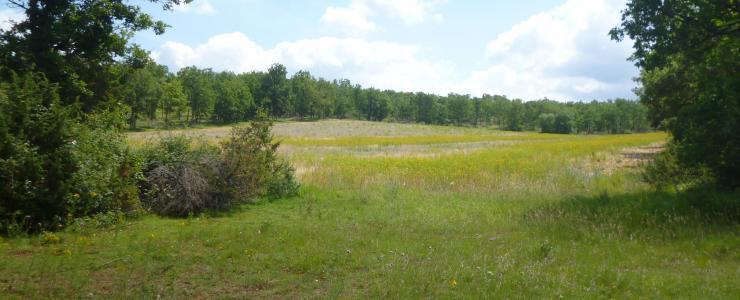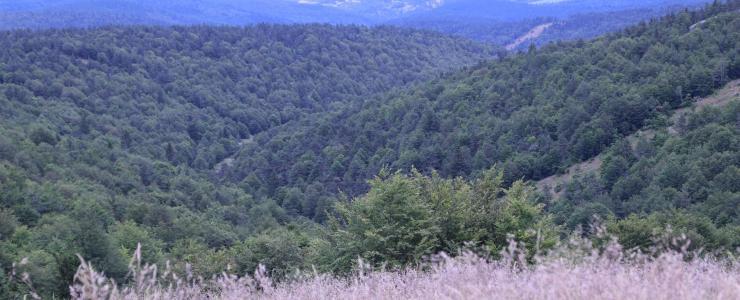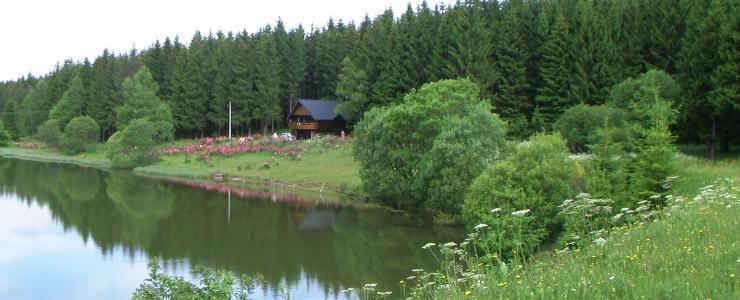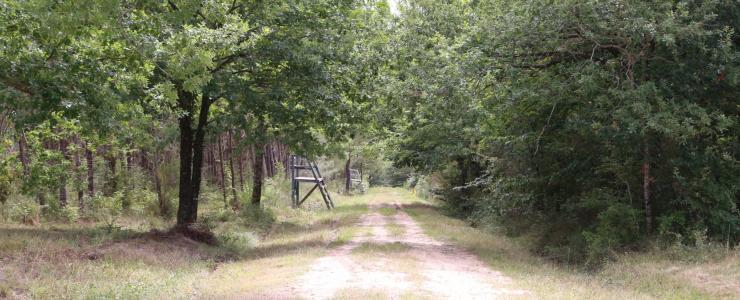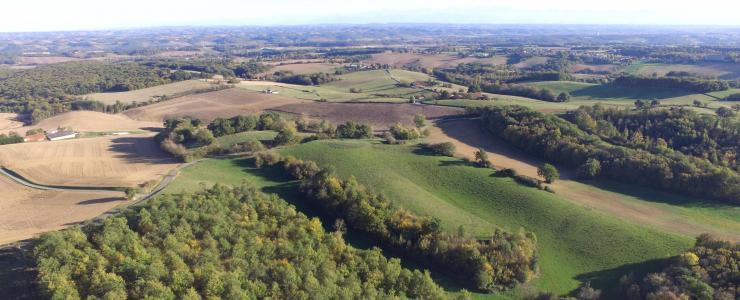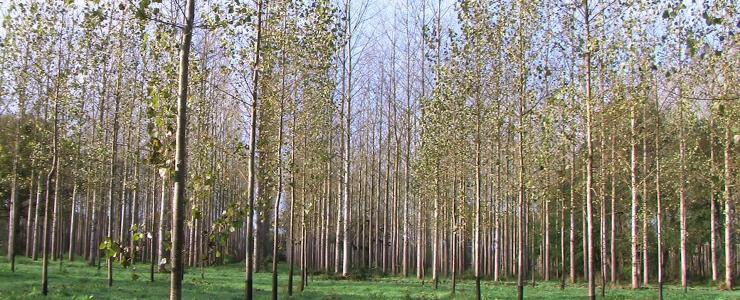Regulation of ponds and other water bodies
Mr. Emmanuel THIENOT,
Emmanuel THIENOT is a qualified notary working for THIENOT ET ASSOCIES in Reims.
The firm is a founder member of the Monassier group,
Forest areas often include a pond. The presence of water brings many benefits for the forest and provide additional income, on top of earnings from logging.
The owner of a pond must be vigilant and ensure that it complies with the regulations. The penalties can be severe if this is not the case.
 In fact, owners of non-compliant water bodies risk stringent judicial and/or administrative penalties following checks carried out by the services in charge of water policing (articles L. 216-1 et seq. of the Environmental Code).
In fact, owners of non-compliant water bodies risk stringent judicial and/or administrative penalties following checks carried out by the services in charge of water policing (articles L. 216-1 et seq. of the Environmental Code).
In particular, they may be required to produce a declaration file and to carry out work to bring the water body up to standard or even to remove it altogether.
This vigilance is not restricted to owners and purchasers of water bodies. The seller is also concerned insofar as any lack of compliance that is not stated in a deed of sale is considered as a hidden defect by case law (Cass. 3rd civ., Feb.2 2017n° 15-26.515).
The purchaser then has the choice of returning the property acquired and having the amount paid refunded, or keeping the property acquired and having part of the price refunded.
However, the rules applicable to water bodies are not simple. Goodwill – and good advice – are therefore necessary to ensure peace of mind in this respect.
We need to make a distinction, depending on:
- The date the water body was created;
- The surface area of the water body.
Request for authorization
Any pond or water body created as from 29 March 1993 must be covered by a request for authorization from the Departmental Directorate of Agriculture and Forestry if its surface area exceeds 3 hectares. If the surface area is smaller than this, a declaration file must be submitted, as stipulated in the Water Act .
Acceptance of the request by the authorities confirms the legal status of the water body, provided that it actually complies the file originally submitted.
Ponds built before 1993
For water bodies created before 1993, recognition of an official status is not always easy to establish, particularly for those whose creation did not require any particular administrative procedure at the time. Many documents have also been lost over the years.

Procedure
In order to comply with the regulations, there is a simplified declaration procedure with the Departmental Directorate of Agriculture and Forestry to regulate water bodies created without a declaration before 23 March 1993.
Completion of this formality will do away with the need to justify the legal status of the pond or water body when applying for authorization to empty or repair dikes.
It should be noted that this procedure is reserved for ponds that are continuously with water (dry period less than two years) and whose creation was not prohibited by the Administration.
Additional documents
In addition, if the water body poses a risk of serious damage to the preservation of the aquatic environment, water quality, conservation and free flow of water or public safety, the authorities may require the submission of additional documents or a file containing a declaration or authorization as stipulated in the Water Act.
The authorities may also demand work that may prove costly (cutting trees, replacing hydraulic structures or valves, emptying, etc.).
Ensure the administrative compliance of your ponds.
It is always much better to carry out work to bring your structures up to standard on your own initiative than being forced to do it following a report from the water policing services, you are strongly recommended to check the compliance of our pond.

